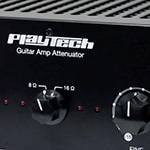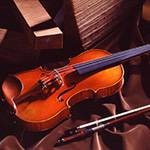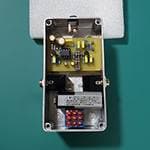Hello everyone.
Recently, I’m so into a testing device called an audio analyzer.
Here’s the device.
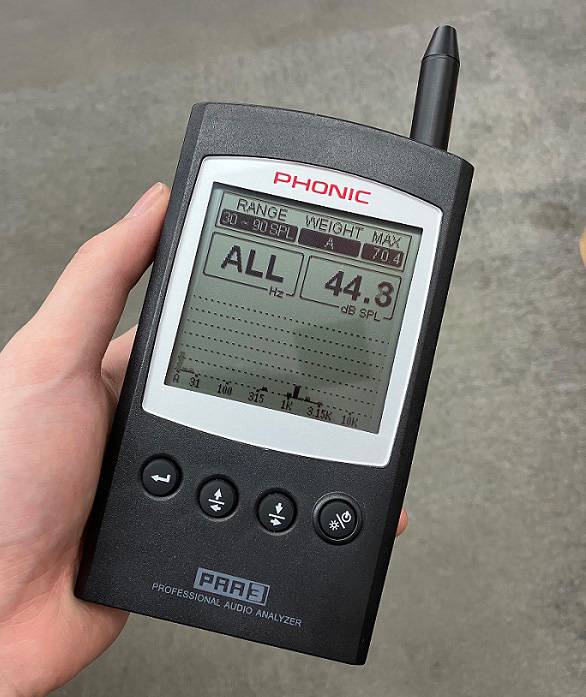
This device visually displays the sound captured by its built-in microphone or line input. It shows frequency as a bar graph and sound pressure level (dB SPL) as a numerical value in the upper right corner.
The ambient noise level in Sound House’s office is around 45 dB SPL, but simply measuring ambient noise is a bit boring, so I decided to conduct a little experiment.
Sound Insulation Experiment
I tested the effectiveness of various barriers in blocking sound between the sound source and the audio analyzer.
I used an AC fan for this experiment, which has a metal casing and relatively large blades, producing significant noise among the fans at hand.
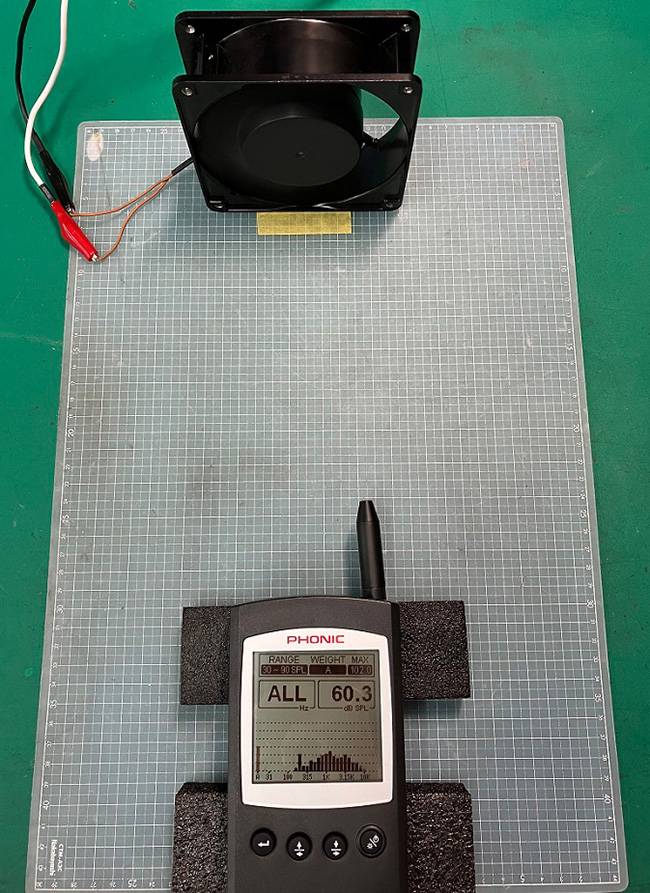
First, I measured the AC fan’s operating noise with no barriers, which was about 60 dB SPL.
This serves as the baseline for this sound insulation tests.
The barriers I used were:
- Paper
- Magazine
- Cardboard
- Metal Tray
- Acrylic Tray
Paper
This is a piece of ordinary paper. It’s quite thin, so it had minimal effect, reducing the noise by about -1 to 2 dB SPL.
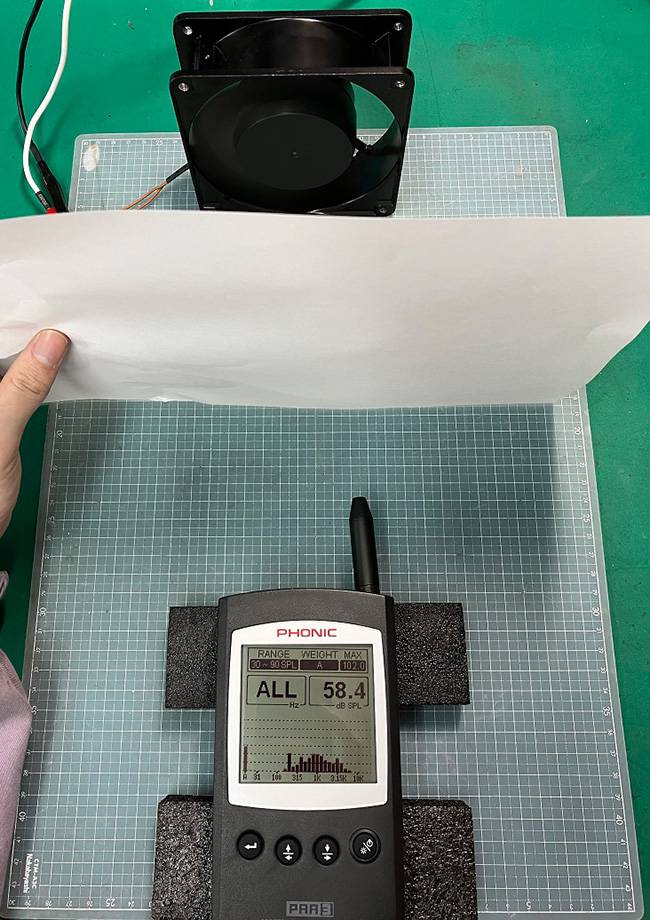
Magazine
Placing a magazine between the fan and the analyzer reduced the noise by about -8 dB SPL.
Despite being paper, the increased thickness and weight provided much better sound insulation than a piece of paper.
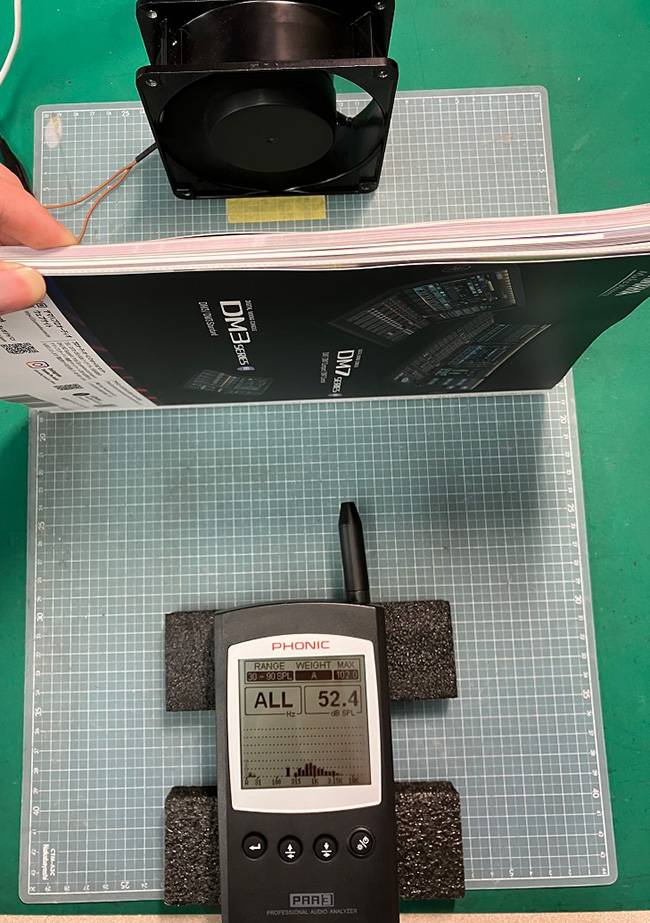
Cardboard
Cardboard reduced the noise by -5 dB SPL, which is a moderate result, falling between the performance of a paper and the magazine.
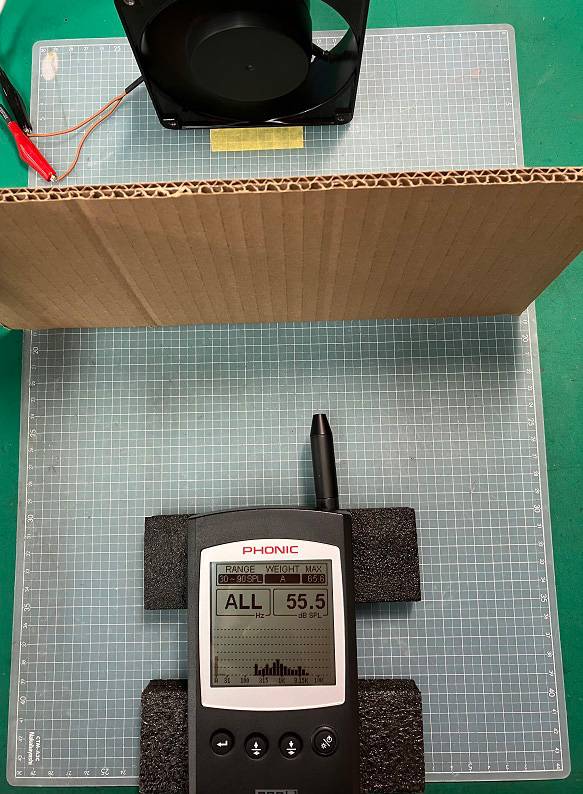
Metal Tray
The metal tray also reduced the noise by about -8 dB SPL. I didn’t expect metal to perform the same as a magazine, which was an interesting finding.
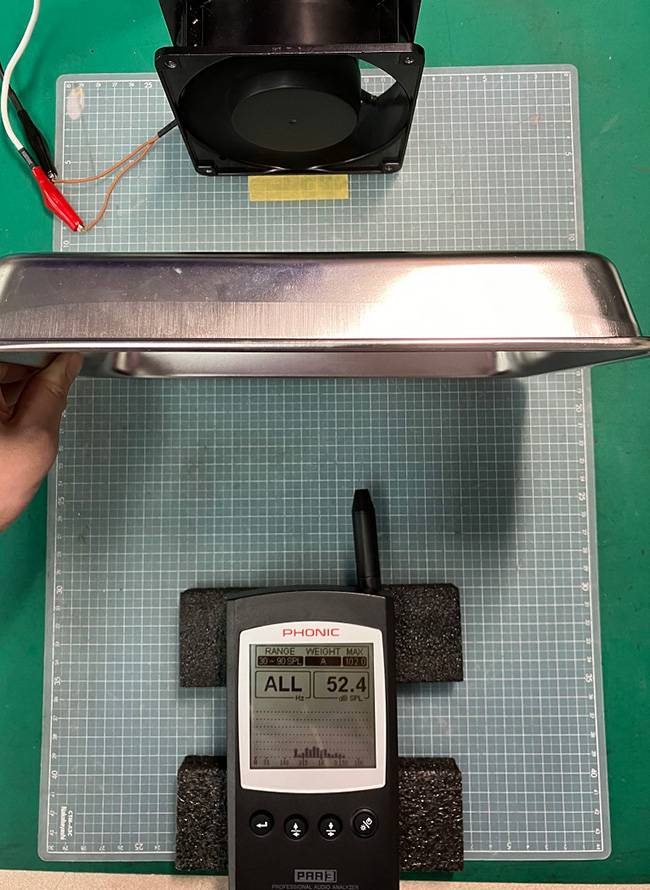
Acrylic Tray
The acrylic tray reduced noise by about -7 dB SPL. Although slightly less effective than the metal tray, it still provided substantial sound insulation.
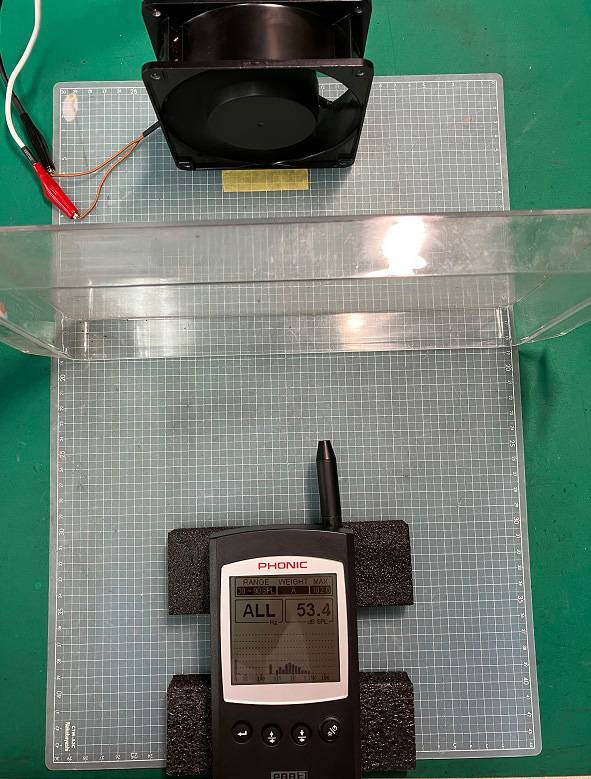
Results
Metal tray = Magazine ≧ Acrylic Tray > Cardboard >> Paper
This is the result.
We can see that as the weight and density of the material increase, so does the sound insulation effect. Heavier and denser materials are better for soundproofing.
Fun Fact
You might have seen acrylic panels set up in front of drum kits at large concerts. Contrary to what you might think, these are not to prevent COVID-19 infections but for sound insulation.
In large venues, sounds tend to spread out and get picked up by multiple microphones, causing overlap. By using acrylic panels to block some of the sound, it makes it easier to control the audio picked up by the microphones.
These panels act as physical noise filters.
That’s it for today’s entry. Thank you for reading.
You can find acrylic panels at Sound House.
Be sure to check them out:





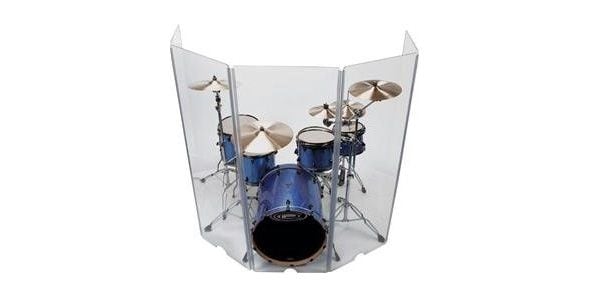



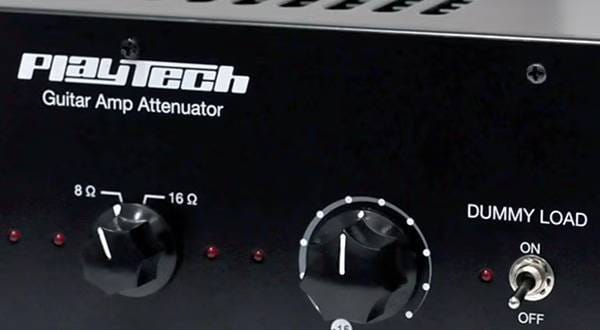
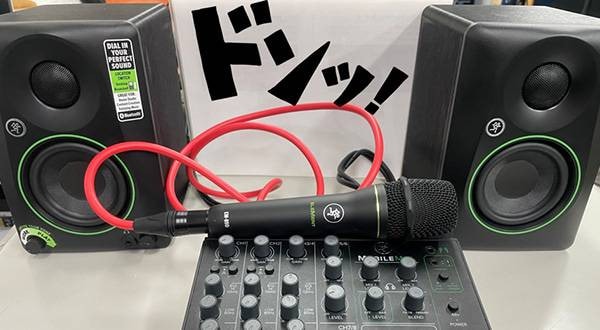

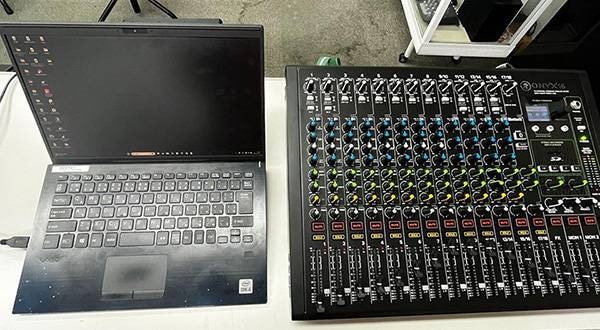

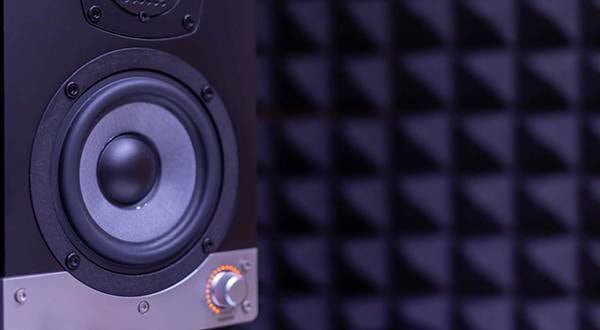
![[Latest for 2025!] Recommended Sound Absorbing Panels!!](/contents/uploads/thumbs/2/2023/2/20230222_2_21344_1.jpg)
![[DIY] Creating a Soundproof Room - Part 1](/contents/uploads/thumbs/2/2022/12/20221206_2_20287_1.jpg)

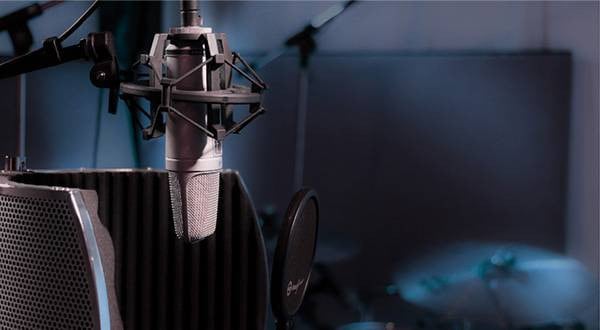
 スタジオヘッドホンを超えるWireless+
スタジオヘッドホンを超えるWireless+
 自宅スタジオの作り方
自宅スタジオの作り方
 Auralex 特集
Auralex 特集
 SONEX 吸音材特集
SONEX 吸音材特集
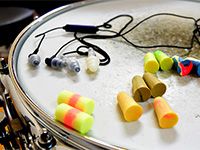 ドラマーのための耳栓
ドラマーのための耳栓
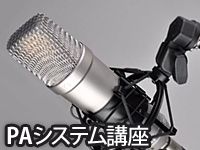 PAシステム講座
PAシステム講座

